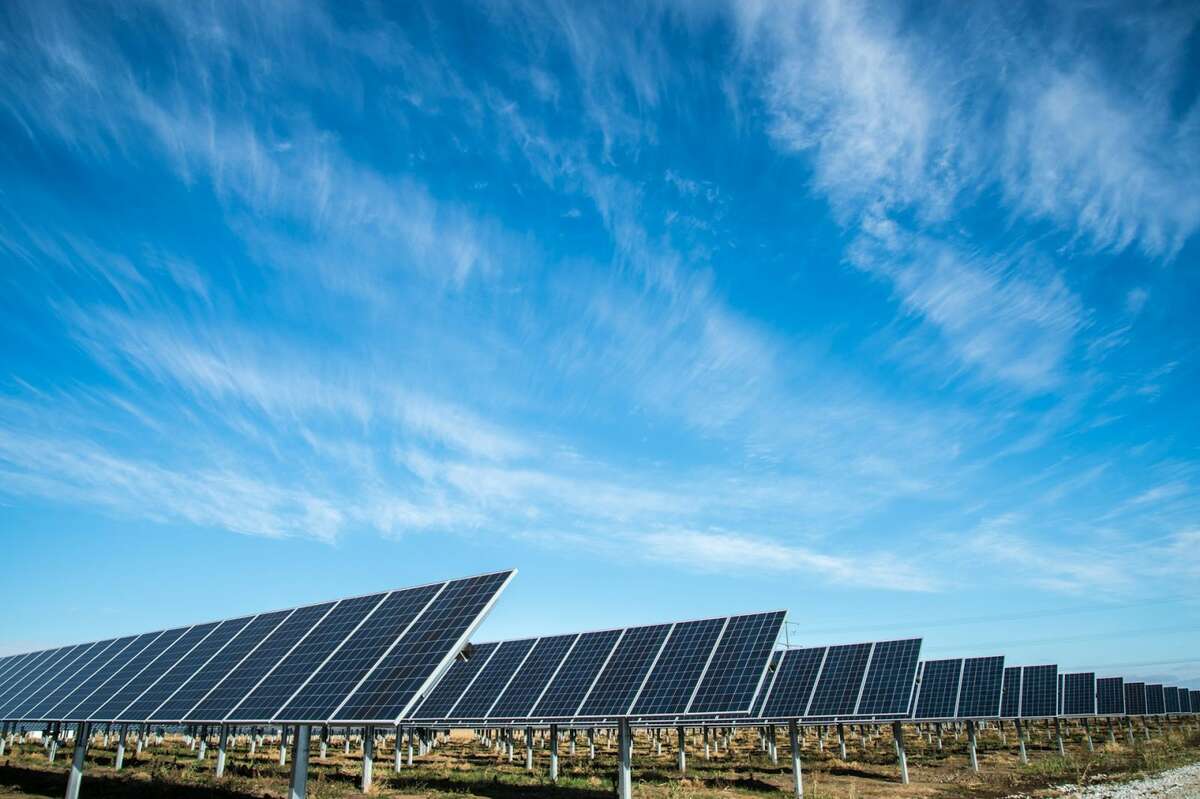2024 has witnessed a drastic shift in home design and real estate, characterized by a blend of sustainability and technology. These trends reshape the concept of modern living spaces, influencing architectural and interior design choices and setting new expectations for home buyers and sellers. Understanding these trends is essential for energy professionals, as they reflect homeowners’ evolving preferences and priorities.
Smart Home Technology
Smart technology integration is one of the biggest 2024 home trends. The industry is now expected to reach a value of $154.4 billion in 2024. Smart thermostats, lighting systems and appliances are now integral to modern homes, driven by Internet of Things (IoT) and artificial intelligence (AI) advancements.
Smart energy management systems (EMS) are at the forefront of smart home technologies. These systems integrate various smart devices into a cohesive network that monitors and optimizes energy use. Developing EMS that seamlessly integrates with multiple devices and platforms ensures broad compatibility and user adoption.
This trend highlights the importance of developing interoperable and user-friendly energy management systems that blend with these smart technologies. The ability to optimize energy use through real-time data and machine learning algorithms can lead to substantial efficiency gains and cost savings for consumers.
Sustainable Materials and Design
There’s a marked increase in using sustainable building materials in new construction and renovation projects. Materials such as cross-laminated timber, recycled steel, bamboo, low-emission concrete and high-performance insulation are environmentally friendly options that enhance a home’s thermal performance.
Older homes tend to be less environmentally friendly than newer builds. Old roof shingles, for instance, are more prone to gaps and cracks, letting air in and causing HVAC systems to work harder. Once a roof reaches the end of its life span, homeowners replace them with updated, sustainable alternatives. Modern roof shingles are more effective at regulating indoor temperature, therefore using less energy and reducing utility costs.
Energy professionals should promote and support the adoption of these materials and develop new innovations that push the envelope of energy efficiency. Additionally, understanding the life cycle energy impacts of these materials can guide better decision-making in construction practices.
Renewable Energy Integration
Approximately 5% of American households relied on renewables as their primary power source in 2020. Homeowners are investing in solar panels, wind turbines and even geothermal heating systems, driven to reduce their carbon footprint and achieve long-term cost savings.
This shift toward renewable electricity necessitates that experts be well-versed in these technologies and proficient in designing systems that blend with existing home infrastructure. Professionals should offer comprehensive solutions that include site assessments, system design, installation, and maintenance services to ensure optimal performance and customer satisfaction.
Energy storage solutions are also on the rise. Effective ones such as home battery systems are critical for addressing the intermittent nature of renewables. By coupling these installations with robust storage options, homeowners can achieve greater independence and resilience, particularly in areas prone to power outages or with unstable grid connections. Professionals must stay up to date on the latest developments in battery technology and offer systems that provide reliable, efficient, and scalable energy storage.
Energy Efficient Appliances
Almost half of American households use Energy Star appliances, and in 2021 alone, more than 500 million Energy Star light bulbs were sold. To receive Energy Star certification, products and construction projects must meet strict requirements and have an energy efficiency rating higher than at least 75% of similar U.S. construction.
There’s a growing trend among homeowners to prioritize appliances that boast high energy efficiency ratings, such as certified refrigerators, washing machines, dishwashers and HVAC systems. These appliances are designed to perform the same functions as their conventional counterparts while using substantially less electricity.
This trend highlights the importance of advocating for and facilitating the adoption of these advanced appliances. By promoting their benefits — including lower utility bills, reduced environmental impact and potential incentives or rebates — energy professionals can help homeowners make informed decisions that align with sustainability goals.
Behavioral Shifts in Homeowners and Their Implications for Energy Professionals
Significant behavioral shifts among homeowners have occurred, particularly with sustainable living and technological integration. These shifts have profound impacts, shaping the demand for eco-friendly homes and influencing renovation decisions with a focus on efficiency. Understanding these shifts is critical to aligning services with homeowners’ evolving needs and preferences.
Conscious Consumerism
Consumers are becoming increasingly aware of their spending habits and the impact of their buying choices. The younger generations, in particular, prioritize the planet when making purchasing decisions. Two-thirds of consumers rank eco-friendliness as one of the top five drivers behind buying their habits.
This shift has increased demand for green energy solutions and more eco-conscious living practices. Professionals must recognize this change and tailor their offerings to meet eco-conscious consumers’ expectations. This involves providing renewable power installations and educating homeowners on the environmental impact of their choices.
Demand for Energy Independence
Unreliable power grids worldwide have led homeowners to seek independence from national power supplies. While the U.S. national grid is 99.95% reliable, natural disasters and distribution issues can result in blackouts and extended power outages. Many homeowners want to reduce their reliance on the grid by investing in renewables and storage systems.
This trend underscores the importance of offering solutions that enhance self-sufficiency, such as solar panels paired with home battery systems. By focusing on technologies that enable homeowners to generate, store and manage their energy, experts can cater to the growing preference for autonomy and reliance on energy supply.
Staying Updated in a Changing Market
These 2024 home energy trends underscore the importance of adapting to consumer needs and paying attention to them as they gain prominence. Energy professionals should prioritize clients’ interests with sustainable energy offerings. By understanding these shifts, they can position themselves as leaders in the home energy landscape, creating a more future-proof enterprise






